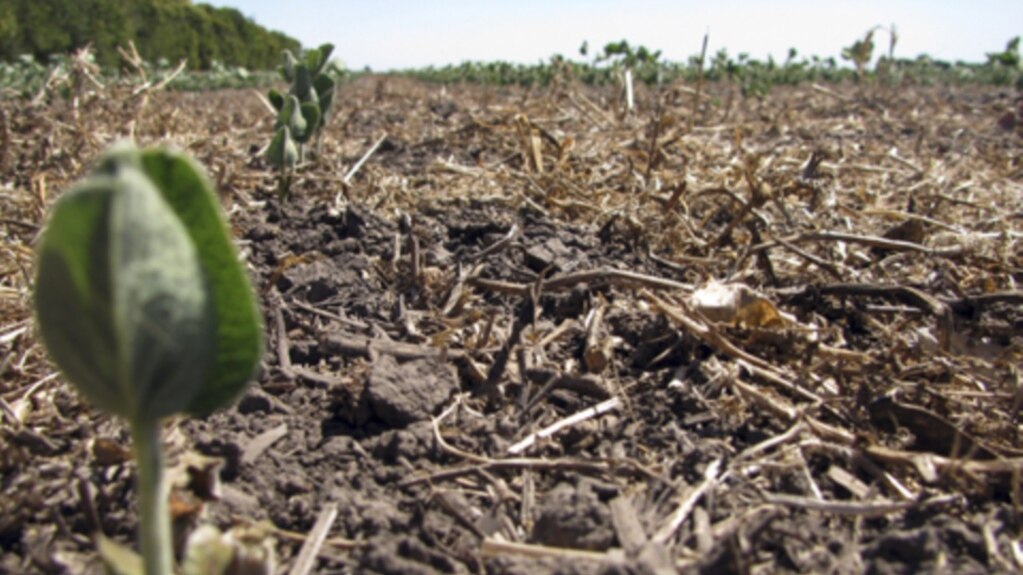
This is the VOA Special English Agriculture Report.
A discovery in a laboratory could help lead to new generation of drought-resistant crops. Drought conditions cause plants to produce a stress hormone called abscisic acid. This chemical activates a set of protein molecules called receptors. These receptors then activate a series of changes to help the plant survive.
The natural reaction of the receptors is to close so-called guard cells on and inside the leaves. That closure decreases water loss and stops the plant from growing to save water during a drought.
Researchers say they have discovered a way to "supercharge," or increase, this reaction. Sean Cutler at the University of California, Riverside, led the team. The scientists engineered abscisic acid receptors that can be turned on at will and stay on. They tested hundreds of versions of engineered receptor genes until they found ones that worked right together.
The team worked with Arabidopsis, a plant often used in experiments. The results recently appeared in the Proceedings of the National Academy of Sciences.
Professor Cutler says testing the new receptors in the field may take several years. He also points out that drought is not the only cause of plant stress.
SEAN CUTLER: "If a plant grows in the deserts normally, like a cactus, what would be stressful for a crop plant is not stressful for a cactus because it has evolved to live in that ecological niche where the water is very rare. So it would really mean, you know, any significant deviation from the normal or ideal growth conditions for an organism."
In another development, scientists have produced a new system for analyzing genetic markers in rice plants. A genetic marker is a DNA sequence with a known location. It can help scientists identify nearby genes linked to individual qualities, or traits.
Anna McClung and Georgia Eizenga are genetic scientists with the United States Department of Agriculture. Their new system will let researchers genetically "fingerprint" rice varieties and gain a better understanding of the markers.
Until now, breeders have been limited to using perhaps two hundred markers. But modern technology lets scientists identify differences throughout the plant's genome, its genetic map. Ms. McClung says that means the ability to identify new genes that control biological pathways.
ANNA McCLUNG: "You know, biological pathways in the plant that may control yield, disease resistance, nutritional quality ... "
The finding could make it easier in the future for farmers to grow "designer rice," rice bred to meet their specific needs.
And that's the VOA Special English Agriculture Report, written by Jerilyn Watson. I'm Karen Leggett.




